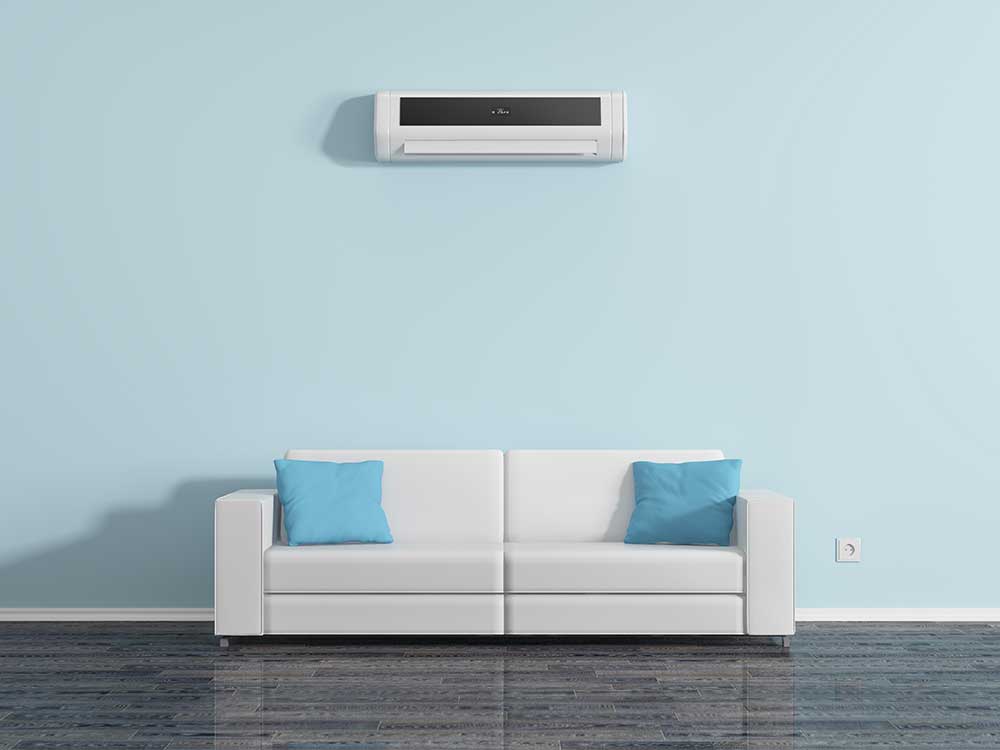
If you’re concerned about your summertime air conditioning bills, the solution might not lie in turning the thermostat up. Instead, take a walk through your home to see how many air leaks there are.
The U.S. Department of Energy estimates that 25 percent of the cost of heating and cooling a home is associated with the leaks found in the walls, floors, windows and doors. Fortunately, the leakage is easy to detect and seal using inexpensive and durable products.
Finding the Leaks with an Energy Audit
The fastest and most accurate way to check for air leaks is by having an energy audit performed by an HVAC contractor or a licensed energy auditor. These professionals use sophisticated equipment to measure and pinpoint the air losses in your home.
The blower door is the centerpiece of the audit. It consists of a large fan mounted in a metal frame that sits tightly inside an exterior door frame. The door has air pressure gauges on it that tell the auditors how fast and far the pressure falls when the fan is running.
The auditors close all the windows and open all the interior doors. As the fan runs, it exhausts the air from your home. A home that has few air leaks will lose pressure quickly. One with a lot of cracks loses pressure slowly because the fan pulls air inside to compensate for the outgoing air.
As the blower door runs, the auditing team scans your home with an infrared camera to detect temperature differences. This scan reveals where and how large the air leaks are.
Finding the Leaks by Doing It Yourself
Although it’s not quite as accurate, you can conduct an energy audit by closing all the windows and exterior doors and turning on the kitchen and bathroom fans. This creates negative pressure inside your home, and just like the blower door, air will enter through any cracks in the building’s envelope.
As the fans run, walk around the perimeter walls with a lighted candle or a burning stick of incense. Wavering smoke or a flickering flame indicates an air leak. Note their locations on a sheet of paper.
Sealing the Leaks
Home centers stock a wide variety of products designed specifically for sealing air leaks.
• Caulk is used to seal smaller cracks and crevices around window frames and joints between floors and walls. Latex or acrylic caulks dry quickly and are easy to apply. Avoid pure silicone caulk unless you’re using it around a chimney or vent. Silicone caulk remains flexible after it cures, but it’s nearly impossible to remove once it’s set.
• Expanding foam works well for larger cracks and around wires, pipes and cable that enter your home.
• Weatherstripping goes around exterior door frames. Choose a product that’s similar to the original material. After removing the old, apply the new product following the manufacturer’s instructions.
• Metal flashing goes between chimneys and flues. It creates a fire-resistant barrier between the attic’s surface and the chimney.
If you’d like to learn more about lowering your air conditioning bills, contact Ambient Comfort LLC, providing HVAC services for homeowners in Gloucester County.
Contact Ambient Comfort in Vineland, New Jersey, for service: 856-213-6586. We provide emergency services in South Jersey.
